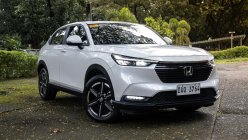Honda is preparing for the imminent shift of the global automotive industry, which leans towards electrification. With that, the Japanese car brand is reportedly looking at the possibility of building an electric vehicle (EV) battery factory in Thailand.
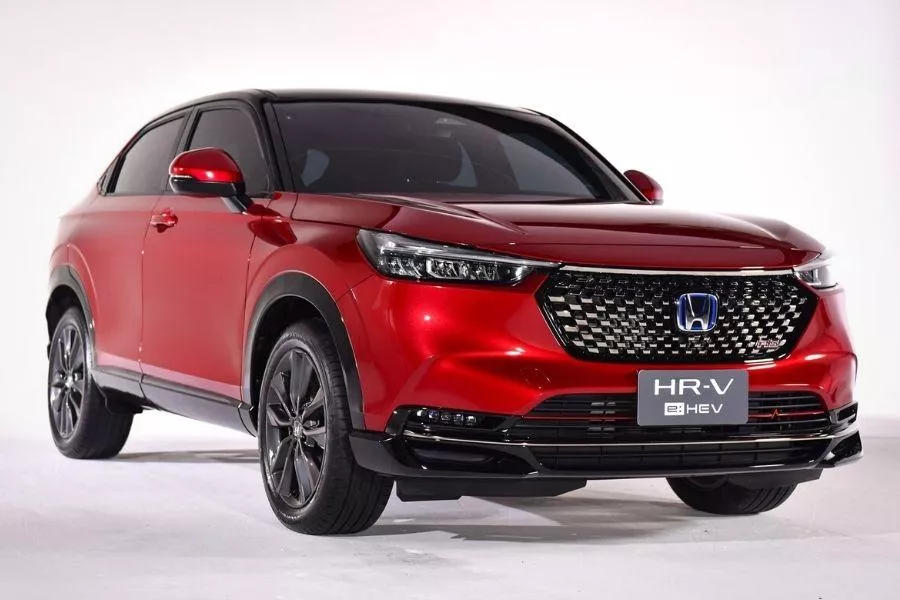
2022 Honda HR-V
Bangkok Post reports that Honda is conducting a feasibility study in regards to the matter. If it did push through, the said EV battery factory would lower the costs for Thai-assembled cars as it will reduce imports from Japan.
Another reason why Honda wants to have an EV battery factory in Thailand is due to the emergence of the EV industry in the Land of Smiles. The Thai government targets to increase EV production to 30 percent of its total automotive manufacturing capacity by 2030, which is around 750,000 units. In addition, Thailand previously announced its intention to sell zero-emission vehicles only starting 2035.
The Thailand Board of Investment also said that the government and private sector partners plan to establish 10,000 charging stations across the country by 2025. The Thai government is looking to increase that number to 80,000 charging stations by 2035.
"Thailand is moving quickly toward a fossil fuel free future. Our government is offering generous tax incentives and support to companies operating in the electric vehicle and battery space,” said Thailand Board of Investment Director New York Office Vorawan Norasucha.
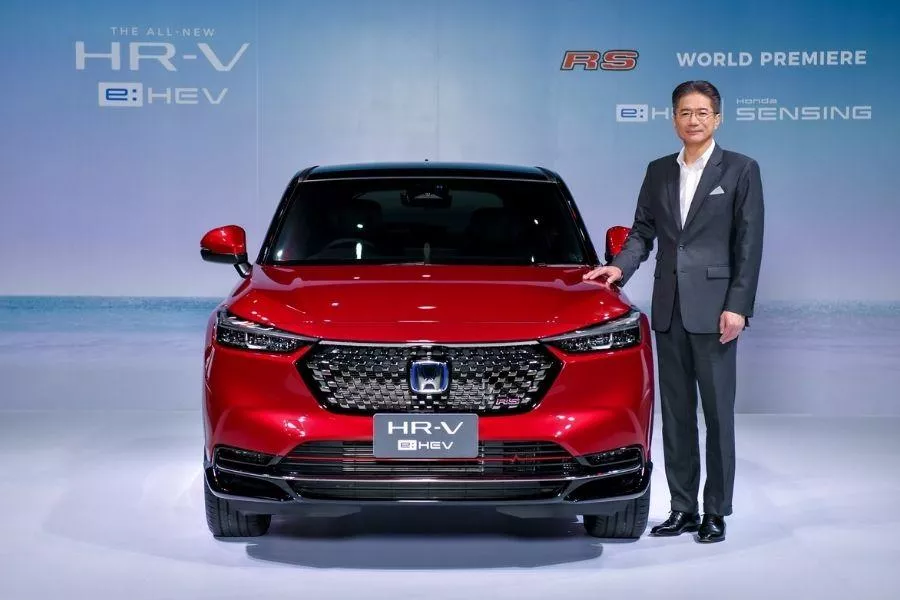
Honda Thailand president Noriyuki Takakura
Honda Thailand president Noriyuki Takakura shared that the company is committed to developing new technologies that are “kinder to the environment as it joins global efforts to reduce carbon dioxide emissions.”
The 2022 Honda HR-V e:HEV hybrid was introduced in Thailand in early November. It features a 1.5-liter naturally aspirated i-VTEC engine that’s partnered with a lithium-ion battery powering two electric motors. The combined power output of the vehicle is rated at 131 hp and 253 Nm of torque.
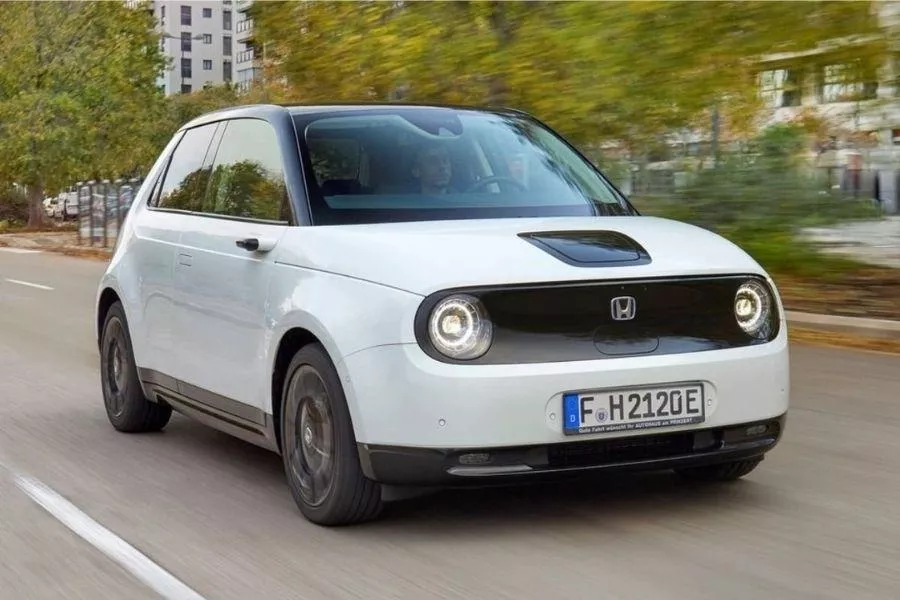
The Honda e can travel 300 km on a single charge
Globally, Honda stated that it will no longer manufacture internal combustion engine cars (ICE) by 2040. That said, the Japanese automaker will only be selling electric vehicles by 2040. Honda will gradually make its transformation by selling EVs – 40 percent of its lineup by 2030, 80 percent by 2035, and 100 percent by 2040.
Get more updates about the automotive industry in Philkotse.
Know more about Honda HR-V 2026

The 2025 Honda HR-V is a subcompact crossover. In the Philippine market, it has two variants. The top-spec RS Turbo CVT is priced at Php 1,799,000. The mid-spec trim meanwhile, is the HR-V V Turbo CVT and it is priced at Php 1,519,000. The entry-level HR-V S CVT meanwhile is priced at Php 1,450,000.
For engines, the HR-V V Turbo and the RS Turbo use a 1.5-liter engine capable of making 174 horsepower and 240 Nm of torque. The HR-V S also uses a 1.5-liter mill, but it is naturally aspirated. In turn, its output is rated at 119 horsepower and 145 Nm of torque. All three trims use a continuously variable transmission sending power to its front wheels.
Size-wise, the HR-V V and RS are 4,385mm long, while the HR-V S is 4,330mm long. All three come with a width of 1,790mm, and a height of 1,590mm. Both also have a wheelbase length of 2,610mm. The top-spec V gets a ground clearance of 181mm, whereas the HR-V S has more at 196mm.
Locally, the HR-V competes against the likes of the Mazda CX-3, Hyundai Kona, Subaru XV, Toyota Corolla Cross, Ford Territory, among others.
>>> New and used Honda Hr-V 2025 for sale in the Philippines
Honda HR-V Launch
Back in June 2015, the Honda HR-V was launched in the Philippines. To complement Honda's compact crossover - the CR-V, they introduced the Honda HR-V, their company's subcompact crossover to the country's market. On August 23, 2018, the facelifted crossover was launched that includes an updated lighting system up front and rear part, a new RS trim level that brings a blacked-out grille together with new 2-tone wheels.
In 2022, Honda Cars Philippines Inc. brought in the third generation model for the local market. It is offered in two different variants. There's the top-spec HR-V V Turbo, and the entry-level HR-V S. Later at the 2022 PIMS in September, the RS Turbo was unveiled.
Honda HR-V Exterior
On the outside, the top-spec HR-V RS, HR-V V, and the entry-level HR-V S are all equipped with LED headlamps, LED taillights, and LED fog lamps. The HR-V V and RS variant then gets auto-folding side mirrors, a sportier bumper set, and a sportier-looking spoiler. The RS is the only variant that comes with sequential turn signal indicators.
Both the V and the S ride on a set of 17-inch wheels, while the RS gets a larger 18-inch set.
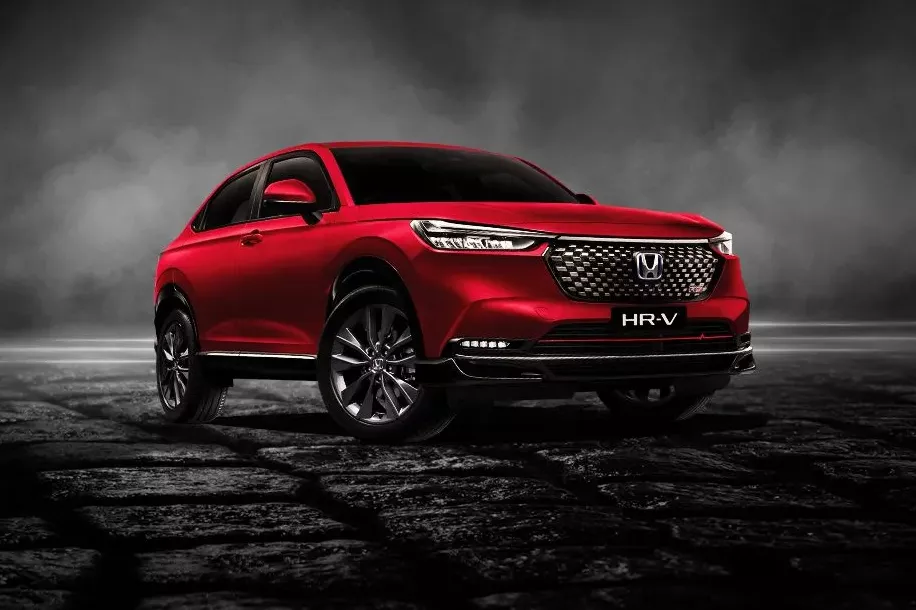
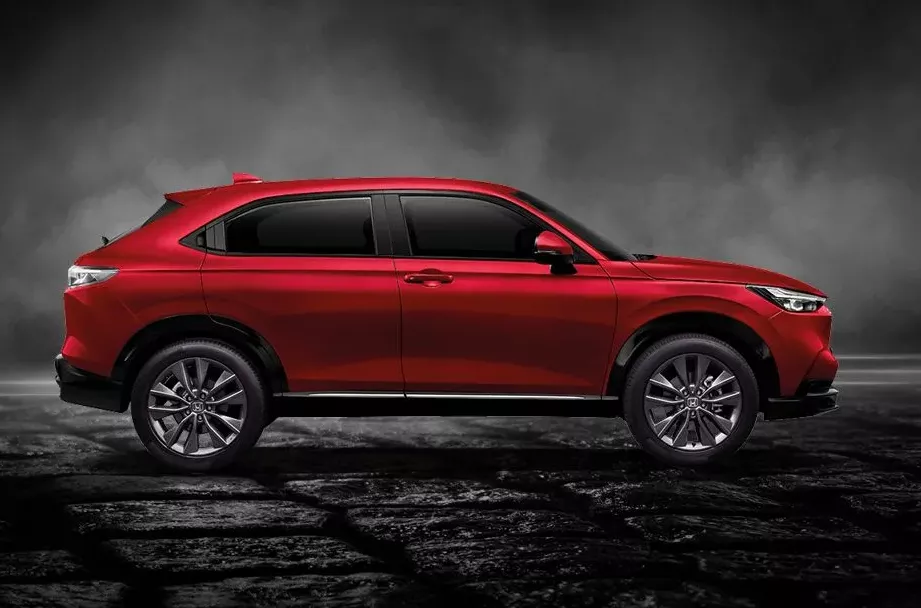
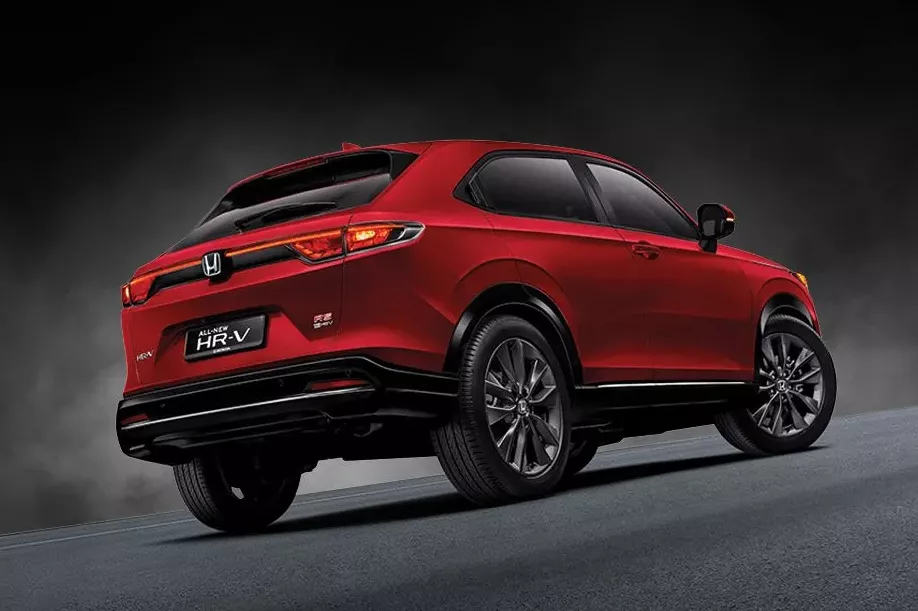
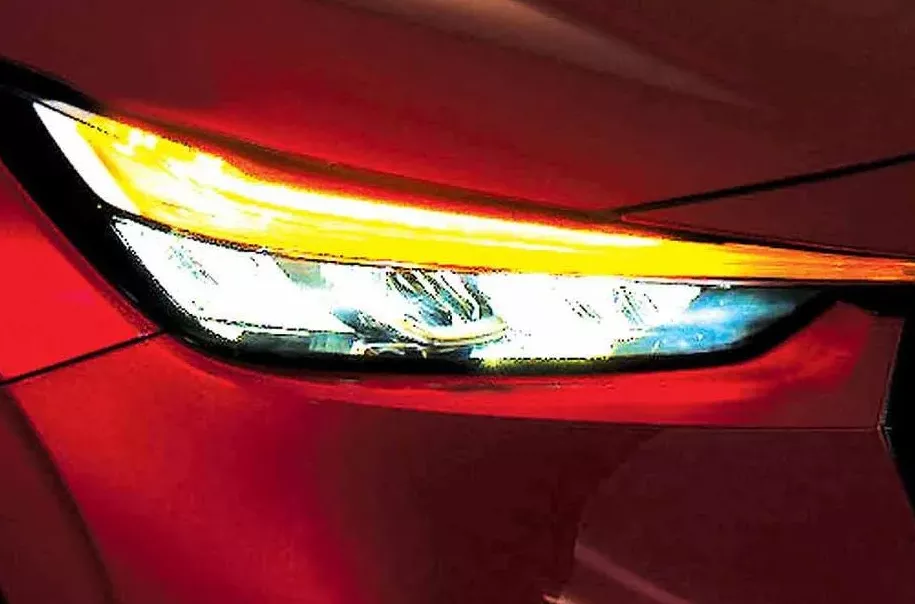
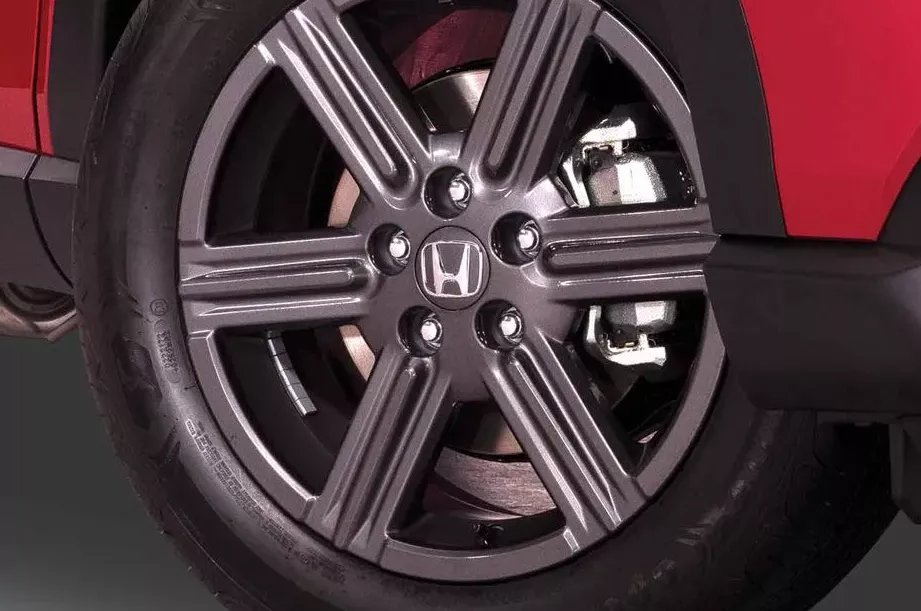
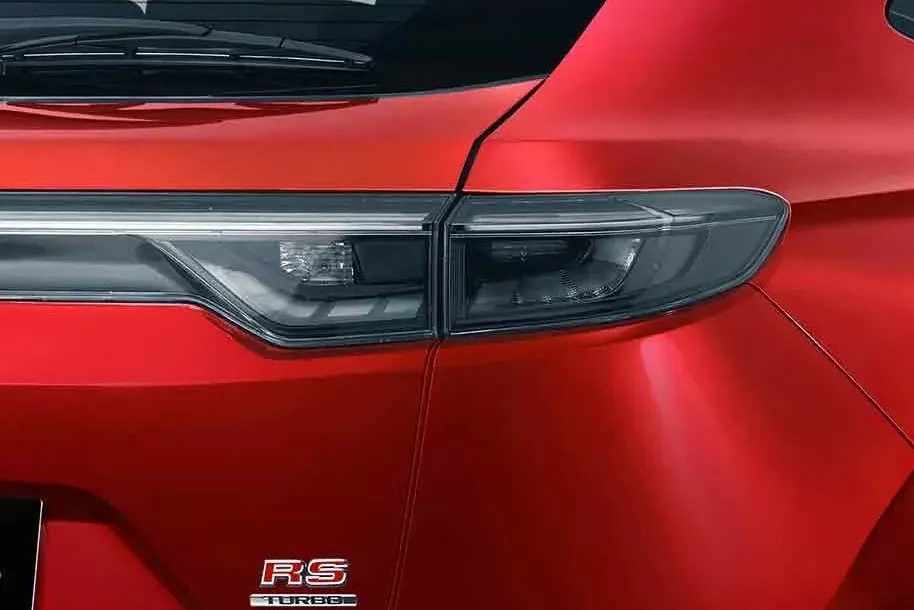
Honda HR-V Interior
The 2024 HR-V can seat up to five. Its occupants are then kept comfortable with an automatic air-conditioning system with rear vents. The top-spec trim in particular ups the premium feel of the model with an auto-dimming rearview mirror, leather upholstery, as well as a leather-wrapped steering wheel and shift knob.
Rearwards, both trims get a 60:40 split-type ULT seat. It shares this feature with the City Hatchback, so it also gets long-mode and tall-mode seat configurations.
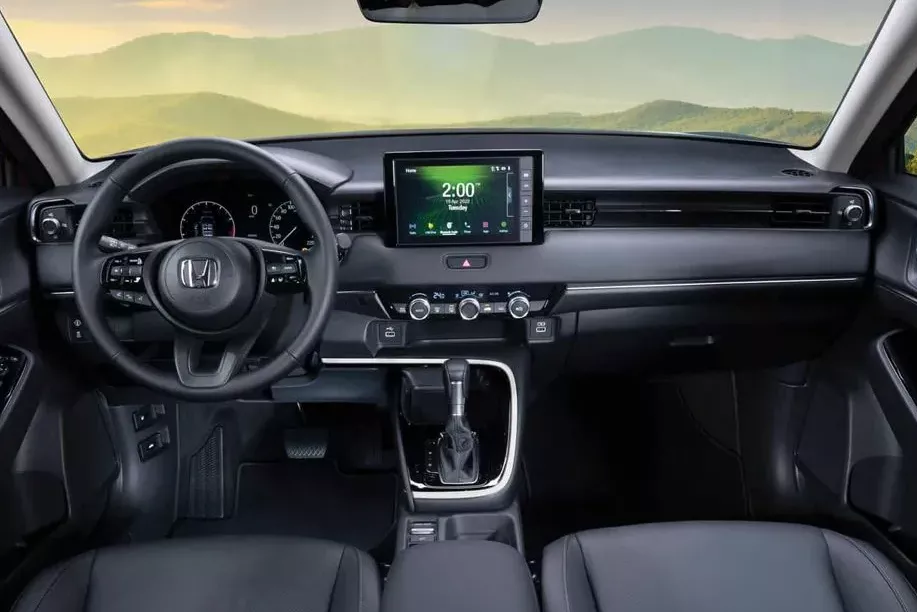
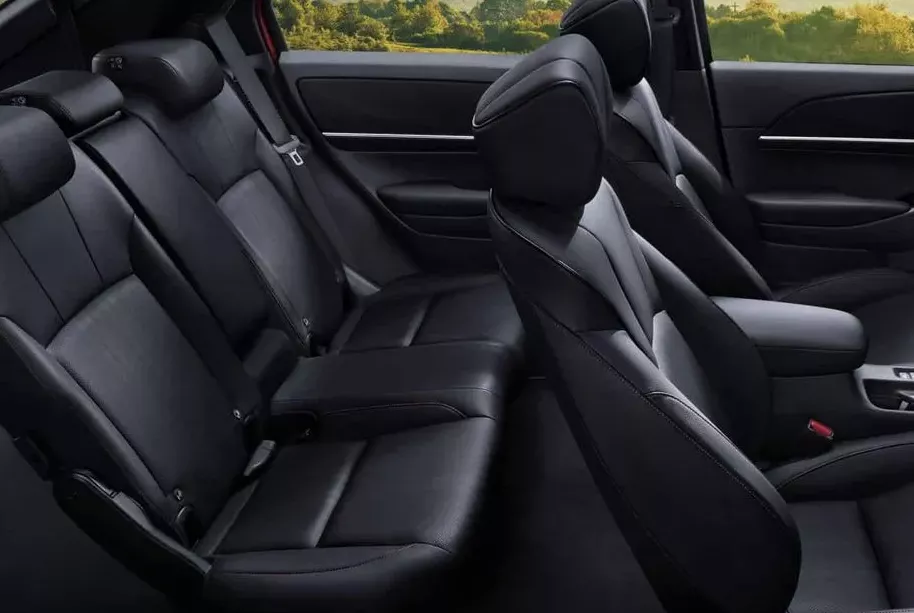
Technology & Safety Features
All HR-V trims for the Philippines come standard with the Honda Sensing Safety suite. This means that all are kitted out with adaptive cruise control, low speed follow, collision mitigation braking, lane keep assist, road departure assist, auto high beams, and lead car departure notification.
The HR-V RS, HR-V V, and HR-V S also get anti-lock braking with electronic brake force distribution, hill-descent, and hill-start assist, ISOFIX child seat anchors, stability control, speed sensing door locks, a reverse camera, among other features.
Entertainment is then handled by an eight-inch touchscreen, which for both trims gets a six-piece speaker system, Apple CarPlay, Android Auto, Bluetooth, USB connectivity, and audio streaming. The top-spec HR-V RS and the V do get a wireless smartphone charger which isn’t present on the HR-V S.
Platform & Chassis
The all-new 2024 Honda HR-V uses the Honda Global Small Car platform. Like its predecessor though, the Philippine-spec version retains a front-engine/front-wheel-drive layout.
For suspensions, it uses a MacPherson strut for the front and an axle-type suspension for the rear. Braking for this model is then handled by disc brakes for all four wheels, and it also uses an electronic parking brake with an auto-hold function.
Engine & Drivetrain
Powering the top-spec HR-V RS and the mid-spec V is a turbocharged 1.5-liter inline-4 gasoline engine that can output 174 horsepower and 240 Nm of torque. Meanwhile, the entry-level HR-V S uses a naturally aspirated inline-4 that is good for 119 horsepower and 145 Nm of torque.
Regardless of configuration, the HR-V comes standard with a continuously variable transmission with a paddle shifter manual mode.
Only the top-spec RS and the V get a sports driving mode, though all HR-V trims have access to a normal mode and economy mode.
For the Philippines, the all-new Honda HR-V can come in six different colors. These are Red Metallic, Crystal Black Pearl, Ignite Red, Premium Opal White Silver Pearl, Platinum White Pearl, and Meteoroid Grey.
In terms of on-board features and safety features, the new 2025 HR-V is now on-par with most of its competitors. The turbocharged variant in particular also ranks as among the most powerful models within its segment and price range.
Honda HR-V 2025 Price List
| Variants | Price |
|---|---|
| Honda HR-V 1.5 S CVT Honda SENSING | ₱1,450,000 |
| Honda HR-V 1.5 S CVT Honda SENSING Platinum White Pearl | ₱1,470,000 |
| Honda HR-V 1.5 V Turbo CVT Honda SENSING | ₱1,519,000 |
| Honda HR-V 1.5 V Turbo CVT Honda SENSING Premium Opal White Silver Pearl | ₱1,539,000 |
| Honda HR-V 1.5 RS Turbo CVT Honda SENSING | ₱1,799,000 |
| Honda HR-V 1.5 RS Turbo CVT Honda SENSING Premium Opal White Silver Pearl | ₱1,819,000 |
Honda HR-V Pros & Cons
Pros
-
Lively engine
-
Plenty of features
-
Practical
Cons
- Rear seat headroom is not the best
Honda HR-V FAQs
1. Which one is cheaper: the Honda HR-V or the Honda CR-V?
Honda HR-V is. The highest price of HR-V is Php1,759,000 meanwhile CR-V price is Php 2,100,000 - 2,610,000.
2. Is the Honda HR-V a reliable car?
Yes, it is. The Reliability Rating of this car is 5/5 and the HR-V also ranks 1st out of 7 for subcompact SUVs.
3. What does the HR-V stand for on Honda?
HR-V means High-Rider Revolutionary Vehicle.
₱ 1,389,000 - ₱ 1,739,000
ExploreRecent posts
- 2022 honda civic debuts philippines Nov 23, 2021
- Honda Civic old vs new Nov 23, 2021
- Honda Philippines Vehicle Certification Program Nov 19, 2021





